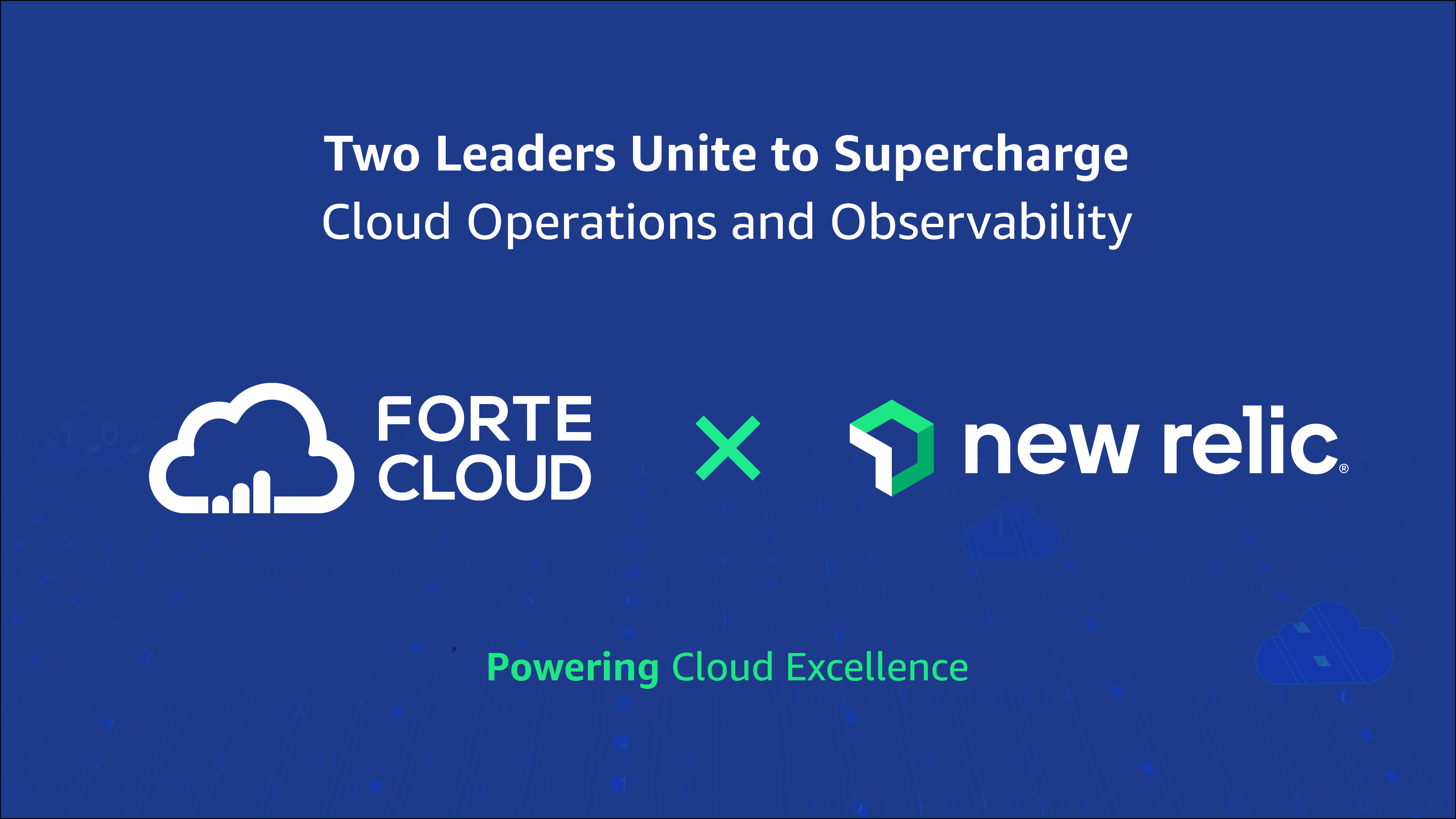It is an indisputable fact that cloud computing has changed the way that business operates. As the cloud offers businesses the tools and solutions to increase performance and innovation securely and efficiently. After all, meeting business objectives quickly and efficiently is one of the reasons many businesses migrate in the first place. However, if you think that you can reach your objectives just by migrating, you’re sorely mistaken. As you’ll soon realize how essential cloud governance is for your cloud environment.
Due to its importance cloud governance is a term you’ll encounter plenty of times in your cloud adoption journey. So, what does cloud governance mean exactly and why is it important?
What is Cloud Governance?
Cloud governance is simply a set of rules for you to deal with costs and efficiencies in the cloud. While it differs for each business depending on their individual goals, it is ultimately about the following:
-
- Operations
- Finance
- Risk and compliance
It’s important to note that if you’re migrating from on-premises to a public cloud or hybrid cloud model, then you will most likely need to adjust your current cloud governance policies or create new ones entirely. But you cannot just use them as they are once you migrate, especially if you want to take advantage of all that the cloud can offer.
Why Cloud Governance Matters?
Clearly defined cloud governance rules help your organization reach its full potential on the cloud. The below points are the top reasons why you should care about cloud governance:
-
-
Better Cost Management
Cloud governance rules help you better manage costs and resources by breaking them down into individual accounts. This is especially useful if you’re operating under a hybrid cloud model. By breaking down workloads into different accounts, you’ll be able to identify issues as well as see where you may be overspending. This makes it easier to fix issues before they can cost you. Following best practices in cost and resource management gives you overall better visibility and control over your environment.
-
Better Security and Compliance
Security is a priority and a major concern for any business looking to the cloud. But security and compliance in the cloud now are easier to achieve than ever. Most public cloud providers will provide you with the tools needed to make sure you’re infrastructure is secure and compliant. The important thing is knowing how to use it, this is where cloud governance comes in. If it’s set up properly and you take advantage of the tools the cloud offers you, then security and compliance will not be a major issue for your business.
-
Better Performance
Cloud governance makes it easy to streamline your operations between different departments. The easier it is for your team to understand the process and how to access what they need when they need it, the quicker and more efficient they’ll be. It is easy for your organization’s workflow to become stagnant and stuck if there is no clear process or governance rules. So, naturally, your business performance will improve if you create these rules from the beginning.
-
Cloud Governance Best Practices
Now that you know the importance of cloud governance, here are five best practices to keep in mind for a secure and efficient infrastructure:
Keep Business Objectives in Mind
A successful cloud governance model must put business goals first regardless of which model you’re operating under. Meaning, that you should design every process and methodology within the cloud to achieve desired business outcomes.
Your first order of business here should always be to communicate the business objectives across the organizations. Ensure that all teams understand them as miscommunication here could lead to obscure and unclear cloud governance policies. And while you may not see the effects of this immediately it will hinder your end-goals in the long term.
Take the time, at the beginning of your journey, to go through your business goals and define them clearly for your organization.
Enforce Strong Security and Compliance Rules
Security and compliance in the cloud should be your company’s top priority. Cloud environments often encompass a large number of connected devices and tool integrations, increasing the area susceptible to attacks. As such, you must secure your environment to avert all attacks.
There are many principles you can implement to secure your cloud environment, such as strong Identity and Access Management (IAM) rules. A simple one is enforcing the least-privilege rule when granting access to IAM users, aka granting only the permissions required to perform a task.
You should also emphasize audit and compliance in your cloud governance rules. As customer data safety and protection is becoming more important for regulatory purposes and as a company standard in general. Cloud governance rules should outline the tools, processes, personnel responsible for enforcing compliance and conducting necessary audits.
And if you plan to work with a managed service provider (MSP), like FORTE CLOUD, ensure that they are equally compliant with a proven demonstration of compliance, scope, and responsibilities of regulatory requirements.
FORTE CLOUD managed and support services is a set of tools that automate infrastructure management tasks for AWS, simplifying the management process for your business. Our flexible approach and dedicated AWS support helps you eliminate common cloud management problems, so you can focus on achieving your business goals.
You can learn more about our “Cloud Managed Services and Support Services” here or contact our team for more information.
Focus on Cost and Resource Management
Cost and resource optimization are essential tools for businesses to reach their bottom line. A strong governance policy will help your IT teams to reduce costs through:
-
- Identifying and eliminating idle resources
- Right-sizing your computing services for performance
Cloud service providers have plenty of tools for you to better manage your resources and optimize costs. To ensure sustainability, make use of these tools and known best practices, as well as other tools and services, like getting a cloud checkup for example. This way you can continuously optimize costs without negatively affecting operational efficiency.
Enable Automation Whenever Possible
Automation is key for an efficient cloud governance framework. Cloud providers provide you with the tools needed to effectively automate most manual tasks. As you go through your cloud governance rules and policies, make note of the repetitive tasks and automate them. This way you can eliminate human error and increase cost-benefit. Plus, by removing the manual and repetitive tasks, you’re freeing up your team to focus on other tasks. Think developing and testing new features/services as well as improving and building on current operations.
Maintain a Well-Architected Framework
As a rule of thumb, on the cloud, you should always strive to maintain a well-architected framework. The well-architected framework is five pillars that ensure the agility and resilience of your applications/workloads on the cloud. They are:
-
- Operational Excellence Pillar: focus on running and monitoring systems, as well as continually improving processes and procedures
- Security Pillar: focus on protecting information and systems as well as building a secure and compliant infrastructure
- Reliability Pillar: focus on ensuring that workloads work as they intended and on recovering quickly from failure to meet demand
- Performance Efficiency Pillar: focus on building a structure and streamlined process to reduce latency
- Cost Optimization Pillar: focus on controlling overspending, understand your spending over time and where you might incur unnecessary costs, and avoid these instances
Conclusion
Think of cloud governance as the foundation for your environment, a solid framework helps you achieve business goals faster. So, focus on building a solid and flexible framework, adapt when needed, and continuously evolve to meet changing demands. Small mistakes here might cost you in the long run, so spend as long as you need to see the best results.




